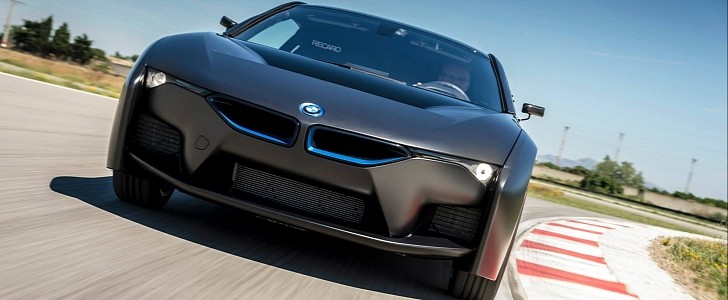The need for a viable source of fuel that guarantees a quick recharge and a comparable price to fossil fuels is urgent. This needs to also have a production process that doesn`t harm the environment, and, on top of all that, it must maintain a smaller carbon footprint all around. Developed countries around the world are rushing to provide solutions that are different from battery electric vehicles (BEVs).
Enter hydrogen. Fuel Cell Electric Vehicles (FCEV) are not something new. Almost everybody heard about the struggles of Toyota with its Mirai model. It is known that driving and having a hydrogen powered car is possible in 2022. As they did with the hybrid, the Japanese want to prove FCEVs can be part of our lives. Even BMW joined with the X5!
The real problem, as it currently is with any new kind of alternative to burning old dinosaurs, stands out as being expensive for your average customer. For hydrogen, there are also worries that it will, when it becomes really popular, create more water problems than we now have.
FCEVs rely on a hydrogen tank to work and only send water vapors back to the atmosphere. Sounds like a great solution and its fair to wonder why this hasn`t yet taken over giants of the oil industry.
As you may have expected, there are more problems than one. The most important: electrolysis – the process of splitting water into hydrogen and oxygen. To make green (as in a non-polluting production process) hydrogen you need to have a very efficient electrolysis. This is a key component of the cost.
The researchers at Korea Institute of Science and Technology (KIST) say they have tested a new membrane and electrode assembly that outperforms prior AEMs by a factor of six and outlasts them by a factor of at least 10.
The true reduction in cost is yet to be truly determined, but this is a step in the right direction. We should have more than just one option when it comes to personal or company cars, as BEVs are not suited for everyone.
The real problem, as it currently is with any new kind of alternative to burning old dinosaurs, stands out as being expensive for your average customer. For hydrogen, there are also worries that it will, when it becomes really popular, create more water problems than we now have.
FCEVs rely on a hydrogen tank to work and only send water vapors back to the atmosphere. Sounds like a great solution and its fair to wonder why this hasn`t yet taken over giants of the oil industry.
As you may have expected, there are more problems than one. The most important: electrolysis – the process of splitting water into hydrogen and oxygen. To make green (as in a non-polluting production process) hydrogen you need to have a very efficient electrolysis. This is a key component of the cost.
A solution might be here
Koreans now claim they have made a huge breakthrough. They have developed a new anion exchange membrane (AEM) that is cheaper and offers improved performance. Typically, electrolyzers use proton exchange membranes (PEMs), in which an anode and a cathode in an electrolyte material are separated by a membrane designed to allow positively-charged hydrogen ions to pass through as they're attracted by the cathode. Here they combine with electrons to form hydrogen gas, which is collected, and oxygen is released at the anode.The researchers at Korea Institute of Science and Technology (KIST) say they have tested a new membrane and electrode assembly that outperforms prior AEMs by a factor of six and outlasts them by a factor of at least 10.
The true reduction in cost is yet to be truly determined, but this is a step in the right direction. We should have more than just one option when it comes to personal or company cars, as BEVs are not suited for everyone.






